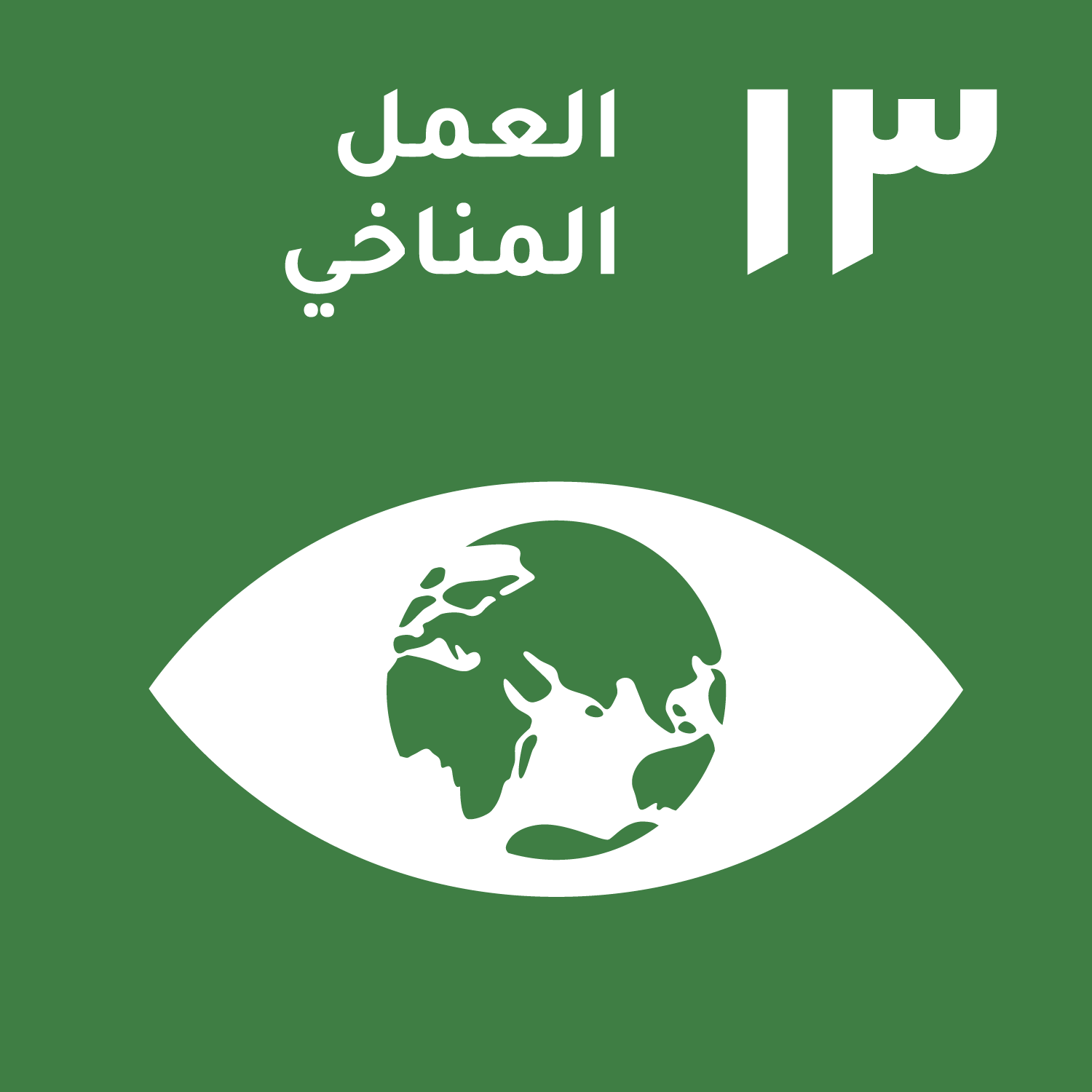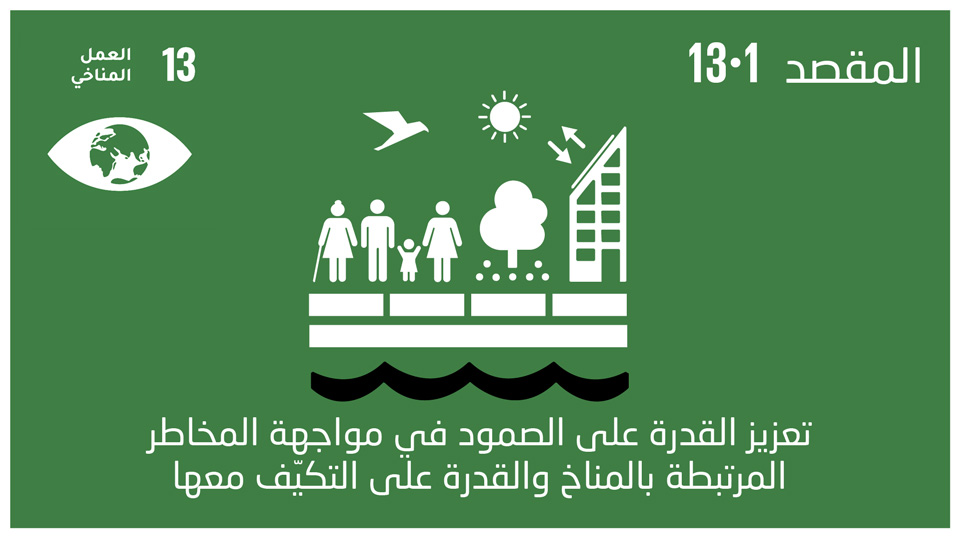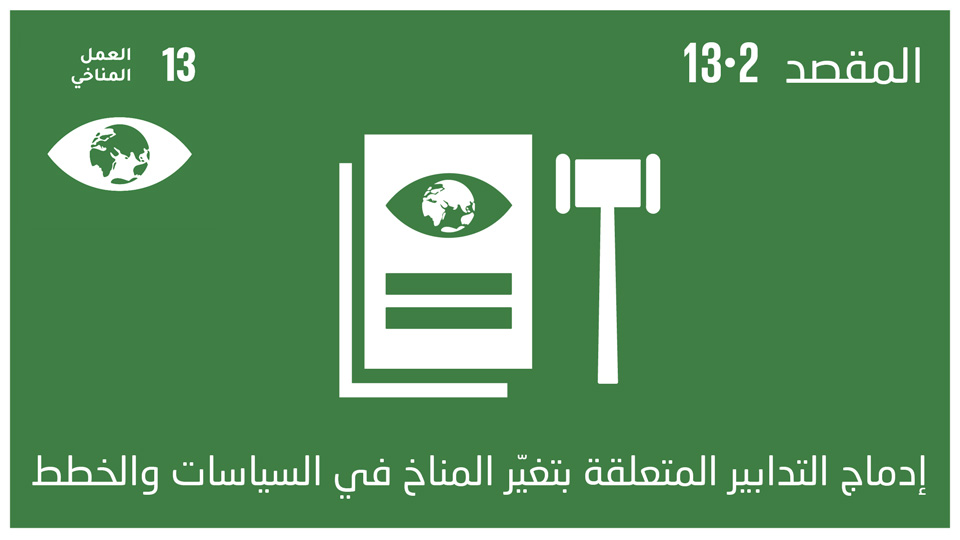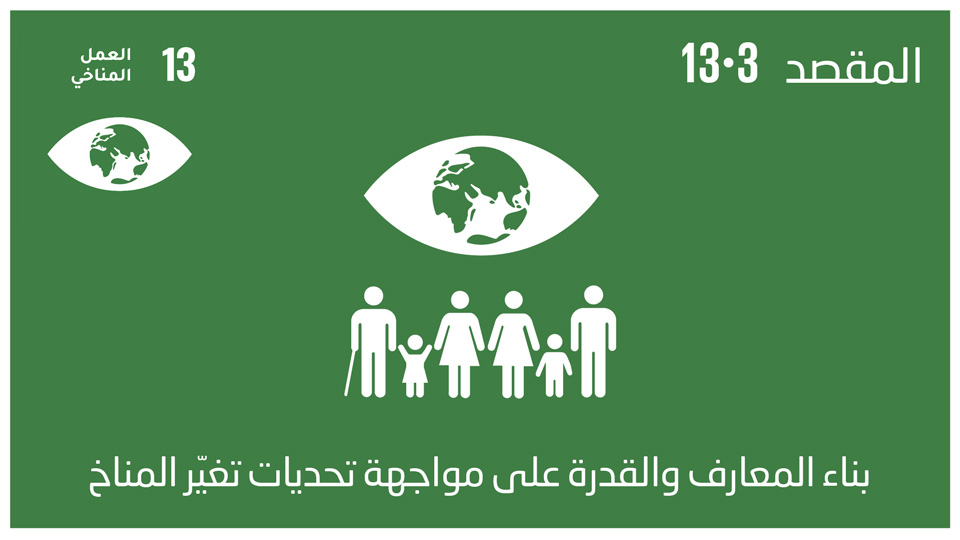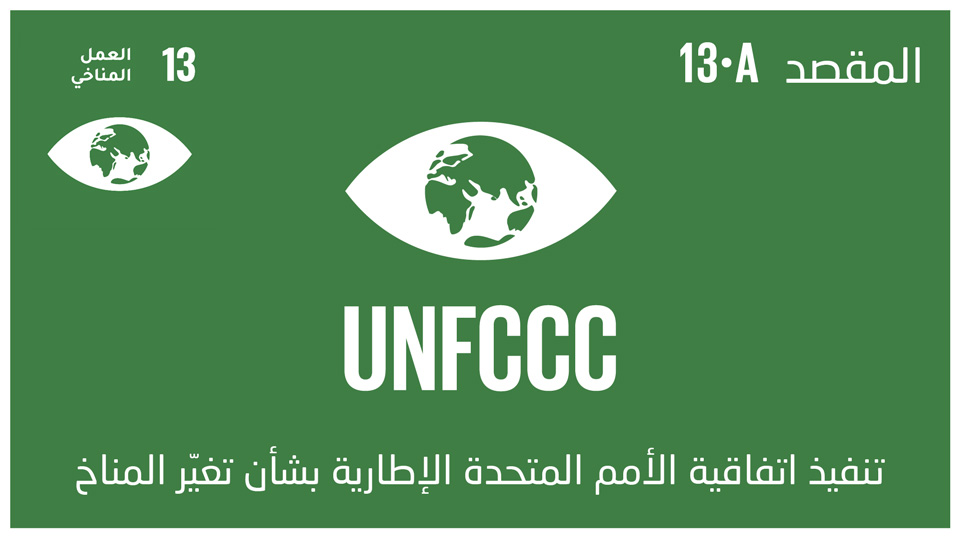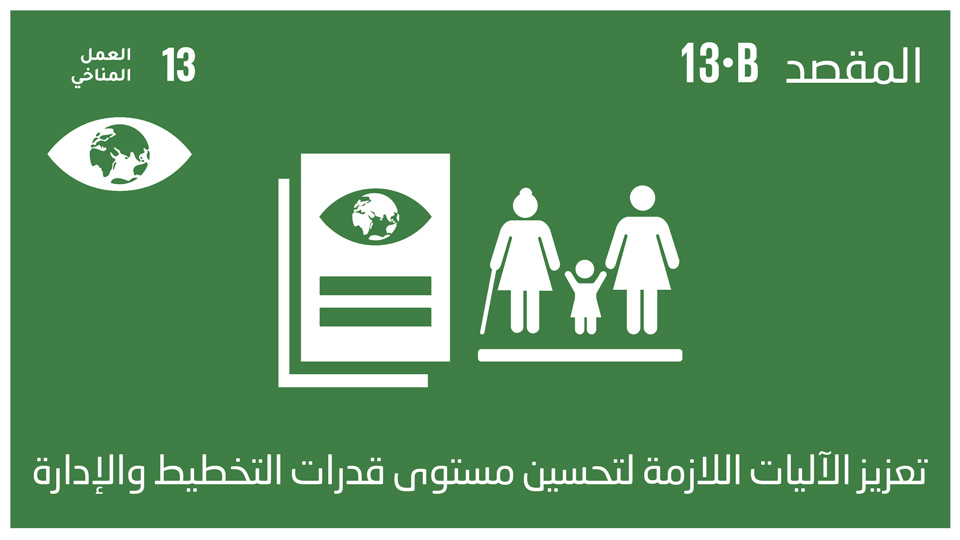The New Valley Governorate is distinguished by the cultivation of palm trees, which is considered the main crop on which the governorate depends, especially in the center of Balat, where the number of palm trees planted is estimated at 51,868 thousand palm trees, and the amount of palm waste is estimated at more than 421,184 tons of waste produced from 52,648 palm trees (note that the palm tree produces 8 - 12 leaves every year), noting that the use of this waste does not exceed 20% of this quantity in making barns for livestock or roofing roofs, and 80% of the waste is burned and disposed of, which makes it a cause of environmental pollution and the spread of many eye and respiratory diseases. In order to address this environmental problem, we started the idea of recycling and converting this waste. From a threat to the environment to a resource that benefits it, through changing the culture of farms and directing them to preserve the environment and its resources. A group of young people was trained to collect waste in specific places for collection, chop it using the equipment designated for that, and make compost to increase the quality of agricultural land. From this standpoint, the project contributed to solving multiple problems, the most important of which is
- Providing job opportunities for young people by granting them interest-free loans to use in developing their agricultural projects
Providing a waste product to the community at a lower price, which will lead to a competitive advantage over Others
- Providing financial resources for the association that will enable it to carry out development activities that support the project idea and maintain Environment.
Maximizing the benefit from palm leaves as an alternative to chemical fertilizers
